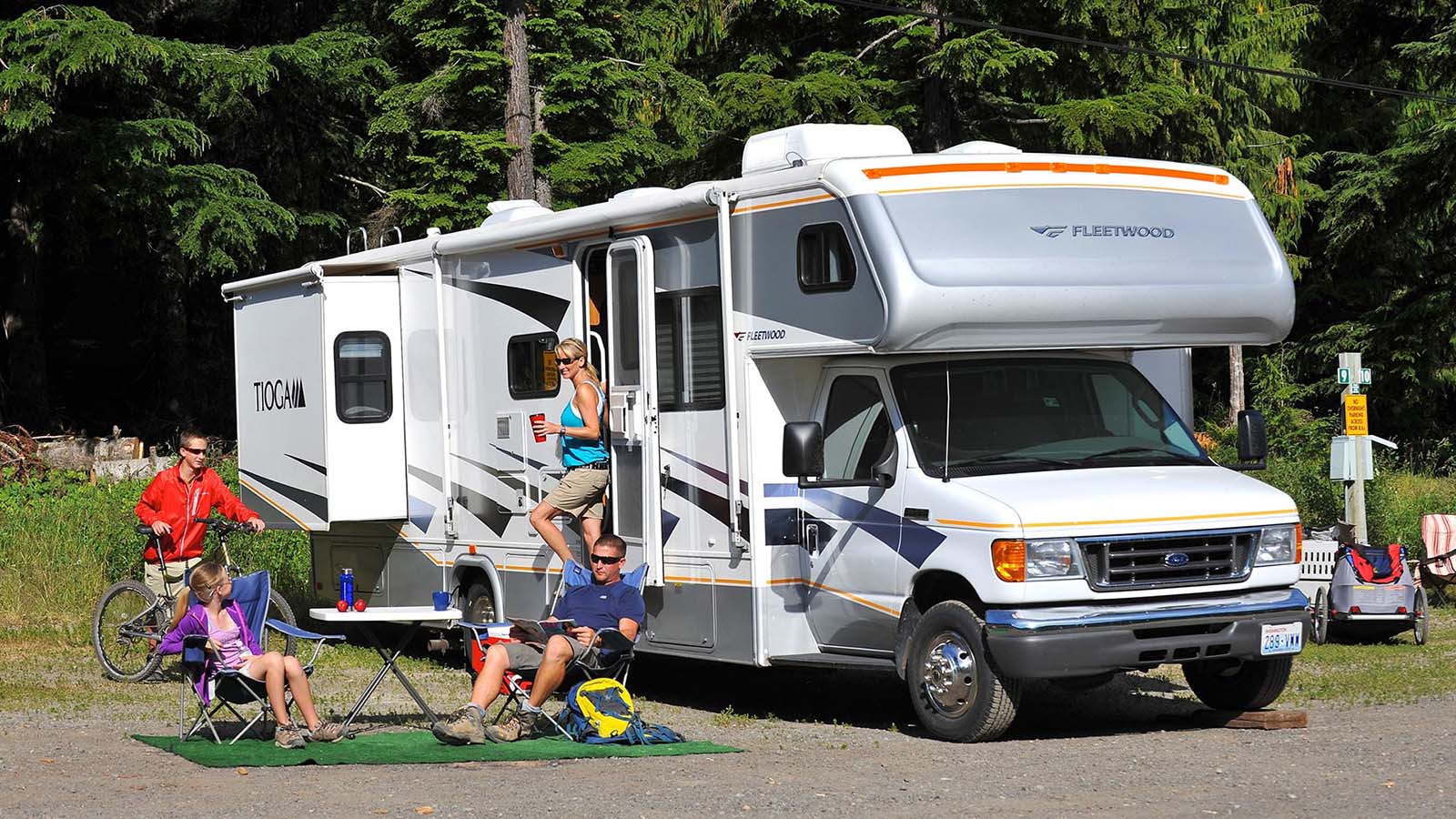Securing RV Batteries: A Safety Guide for Travelers

Introduction: Traveling on an RV provides a unique and adventurous experience, but it’s essential to prioritize safety on the road. One aspect that often gets overlooked is properly securing the RV batteries. In this article, we will outline some crucial tips to ensure the safety and longevity of your RV batteries.
1. Understanding the Importance of Securing RV Batteries (H2): Securing your RV batteries is vital not only to keep them in place but also to prevent accidents. Loose batteries can shift during travel, potentially causing damage to the battery connections and electrical system. Moreover, unsecured batteries may lead to short circuits or worse, resulting in fires or explosions. Therefore, it’s crucial to take necessary precautions to secure your RV batteries.
2. Choose the Right Location for Battery Placement (H2): When installing or replacing your RV batteries, ensure they are placed in a strategic location. A battery compartment is generally the safest option, as it provides protection from extreme weather conditions and accidental damage. Additionally, the compartment should have adequate ventilation to prevent the accumulation of dangerous gases emitted during the charging process.

3. Utilize Battery Hold-Downs or Straps (H2): To securely fasten your RV batteries, consider using battery hold-downs or straps. These essential accessories come in various sizes and styles, designed to fit different battery dimensions. They act as restraints that keep the batteries in place, restricting unwanted movement during travel. Battery hold-downs or straps are readily available at most RV supply stores and are simple to install.
4. Inspect and Maintain Battery Connections Regularly (H2): Regular inspection and maintenance of battery connections are crucial for optimal battery performance and safety. Over time, vibrations and road conditions can cause terminals to become loose, leading to poor battery operation. Securely tighten all battery connections and inspect them for corrosion. If corrosion is present, clean it off using a mixture of baking soda and water to avoid potential power interruptions.
5. Consider Additional Safety Measures (H2): In addition to securing the RV batteries themselves, consider implementing extra safety measures. Installing a battery disconnect switch allows you to cut off power completely when the RV is not in use. This helps prevent battery drain and minimizes potential electrical hazards. It is also advisable to invest in a battery monitoring system, which provides real-time data on battery status and alerts you in case of any malfunctions.

Conclusion: Securing your RV batteries is essential for both your safety and the longevity of your battery system. By choosing the right location, utilizing hold-downs or straps, conducting regular maintenance, and considering additional safety measures, you can ensure a worry-free travel experience. Prioritize battery safety and enjoy your RV adventures with complete peace of mind.

